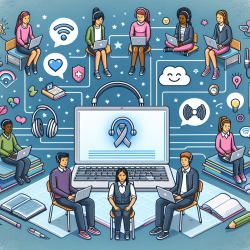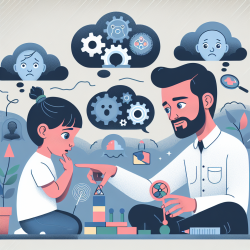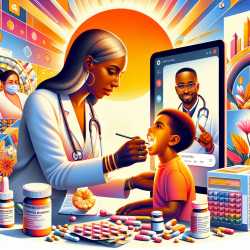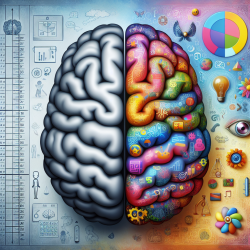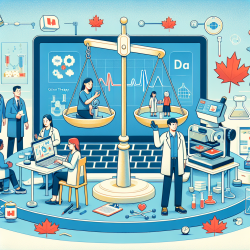The journey to becoming a proficient speech-language pathologist is both rewarding and demanding. At the heart of this journey lies the requirement for clinical hours—a crucial component that bridges theoretical knowledge with practical skills. As an online therapy service provider like TinyEYE, understanding these requirements can help schools better support their students' clinical education.
The Role of Clinical Observation
Clinical observation is a preparatory experience that precedes direct clinical practice. It serves as a foundational step in the continuum from passive observation to active participation. During this phase, student clinicians observe qualified audiologists or speech-language pathologists, either in person or through videotaped sessions. Although there is no specific hour requirement for observation, it is an integral part of a student's clinical education.
Diving into Clinical Experience
The core of clinical training involves 350 clock hours, divided into client-specific services and related client services. These experiences are designed to provide comprehensive exposure and hands-on practice:
- Client Specific Services: This includes screening, assessment, therapy management, interviewing, and counseling where the client or family member is present.
- Client Related Services: Activities such as case conferences and consultations with other professionals occur without the client present but are crucial for holistic care.
The majority of these hours should be obtained through independent practice under supervision, allowing students to develop confidence and competence in their skills.
The Importance of Clinical/Professional Activities
A maximum of 50 hours can be dedicated to clinical/professional activities. These include simulated clinical activities, interprofessional collaborations, and program development. These experiences are not directly related to specific clients but are essential for broadening understanding and enhancing professional growth.
Navigating Specific Clinical Areas
The distribution of clinical hours also covers various specialized areas such as:
- Language Disorders: Both developmental (e.g., autism spectrum disorders) and acquired (e.g., traumatic brain injury).
- Dysphagia: Focusing on swallowing disorders.
- Articulation/Phonology: Addressing speech sound production delays.
- Motor Speech/Fluency/Voice/Resonance: Including apraxia, dysarthria, and voice abnormalities.
This diverse exposure ensures that student clinicians gain a well-rounded understanding of different communication disorders across age groups—from children to adults.
The Path Forward
The structured accumulation of clinical hours is designed to produce competent and confident speech-language pathologists ready to make a difference in the lives of individuals with communication disorders. At TinyEYE, we are committed to supporting schools and students by providing accessible online therapy services that align with these educational goals.
If you would like more information about the clinical hours requirements for speech-language pathology, please follow this link.



